By Susan Zimmerman
In the fall of 1941, as relations worsened between the United States and Japan and war became imminent, the presence of 110,000 Japanese Americans living on the West Coast pushed the issue of internment to the forefront. President Franklin D. Roosevelt wanted to know where their allegiances stood in the event of a war and tasked John Franklin Carter, the head of his newly formed White House intelligence and “fact-finding” operation, with the assignment. The question of loyalties and internment was a ticking time bomb.
Almost two months into the investigations, the loyalties of the Japanese Americans proved to be in good standing. Then a time bomb went off. Pearl Harbor was attacked, leaving 2,403 Americans dead and a nation in shock and more suspicious than ever of their Japanese American neighbors. While the country’s attention was riveted on the devastation from the attack, hours later another time bomb went off about 100 miles northwest of Honolulu on the island of Niihau.
During the attack’s second wave, a Mitsubishi Zero that was escorting the Japanese bombers back to their carrier was hit by an American P-36 Hawk and damaged. The pilot, Shigenori Nishikaichi, was instructed by his superiors to land on Niihau and await rescue on what was believed to be an uninhabited island. But the westernmost and second smallest of the Hawaiian Islands was a privately owned ranching island and home to 136 residents, three of whom were Japanese Americans.
The first islander at the crash scene was native Hawaiian Howard Kaleohano, who confiscated the pilot’s gun and papers as he emerged from his plane. Although news of the attack on Pearl Harbor had not yet reached Niihau, the islanders were aware of tensions with Japan and planned to transport the pilot by boat to authorities in Kauai. There was no electricity on the island, so those in Kauai were also unaware of the crash. After rough seas postponed the trip, the pilot was placed under house guard for the next three days with Yoshio Harada, a Japanese American citizen, and his wife, a Japanese alien. During this time, loyalties changed.
After Kaleohana refused to return the papers to the pilot, Harada helped the pilot escape from the house guard. Harada and the pilot got hold of guns and started terrorizing the islanders, taking several as hostages and threatening to kill them in an attempt to retrieve the papers. During the attack, they burned Nishikaichi’s plane and also burned down Kaleohano’s house, hoping to destroy the papers they believed were there. It all came to a brutal end the next day.
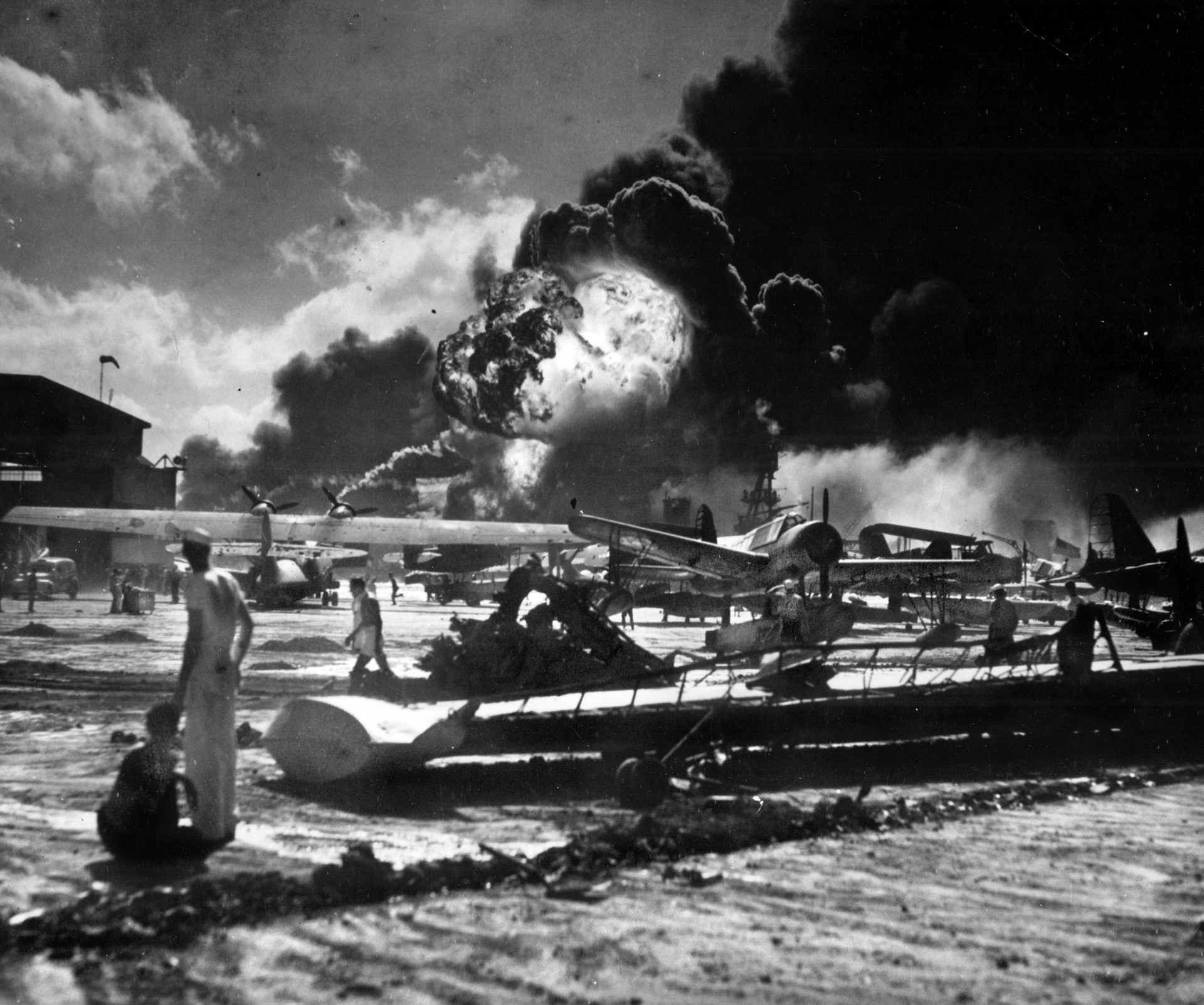
According to the report filed by Lieutenant C.B. Baldwin of the 14th Naval District, Benny Kanahele [one of the hostages] attempted to grab the pilot’s pistol but failed. Benny’s wife, also a hostage, attempted to take the pistol but Harada pulled her away, and seized the pistol. After Benny Kanahele was shot three times by Harada, Benny picked up the pilot bodily and dashed his head on a stone wall, killing him. [Some sources suggest that Benny’s wife killed the pilot after he was knocked unconscious.] Then Harada, committing suicide, shot himself in the abdomen twice and died soon afterward.
The Niihau incident and the issue of Japanese American loyalties were both brought to the forefront during the Roberts Commission, which Roosevelt created to determine responsiblity for Pearl Harbor. At the hearings, United States attorney for Hawaii, Angus M. Taylor, Jr., was asked by the Chairman, “What is your attitude as to the Japanese here, should there be any Japanese victories or should there be a threat of a real invasion by the Japanese on this island?”
Taylor responded, “The incident at Niihau should have convinced anyone if they needed convincing, because they went right over to help that aviator … the minute that aviator landed they gave him assistance…. Based on my experiences of the Japanese in this territory and on my information, I think that if there were an invasion or something of that sort that they would go over to the other side.”
Although similar work was already afoot under the auspices of the Office of Naval Intelligence (ONI), Roosevelt had also sourced the job to his “informal” intelligence operation, run by John Franklin Carter, a journalist and government official. The man selected from Carter’s “cadre of agents” was Curtis B. Munson, a wealthy Chicago businessman who operated under the guise of working for the State Department.
Munson spent four weeks traveling to San Francisco, Los Angeles, and Seattle, then another nine days in Hawaii, investigating the loyalties of the Japanese Americans. Roosevelt received regular updates from Carter, along with Munson’s field notes. On December 8, 1941, the day Roosevelt gave his “day of infamy” speech and asked Congress for a declaration of war against the Empire of Japan, Carter delivered a memo to Roosevelt along with Munson’s 17-page “Report on Hawaiian Islands,” that confirmed the loyalties of the islanders. There was no mention of Niihau. Baldwin’s official intelligence report would not be filed for another eight days.
In a December 20, 1941, report, Munson noted, “Your reporter, fully believing that his original reports are still good after the [Pearl Harbor] attack, makes the following observations about handling the Japanese ‘problem’ on the West Coast.”
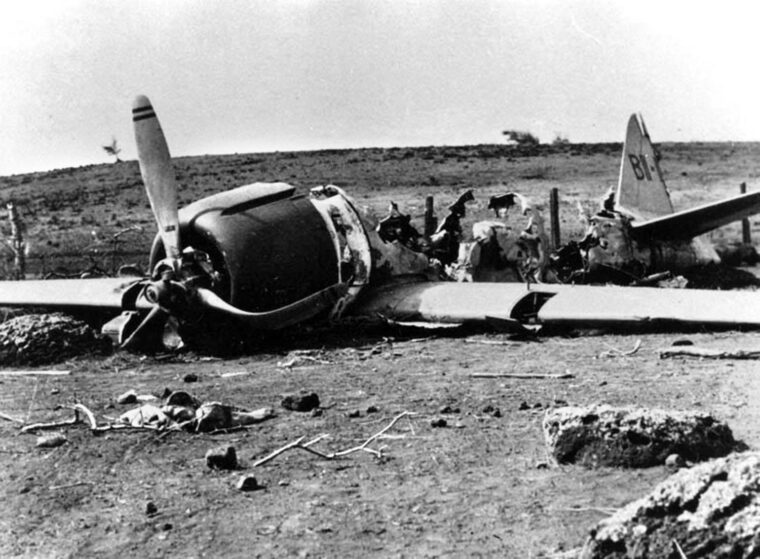
What followed were seven pages of suggestions about how “loyal Japanese citizens should be encouraged.” Munson’s findings indicated the Japanese Americans were on the same side as their fellow Americans, but the push for internment was gaining momentum.
Words of caution from Assistant Attorney General James H. Rowe, Jr., did nothing to change the course of events. On February 2, 1942, Rowe sent a memorandum to Roosevelt’s secretary Grace Tully: “Please tell the President to keep his eye on the Japanese situation in California. It looks to me like it will explode any day now.
“There is tremendous public pressure to move all of them out of California—citizens and aliens—and no one seems to worry about how or to where. There are about 125,000 of them, and if that happens, it will be one of the great mass exoduses of history … My only point now is to give him some warning.”
Twelve days later, Roosevelt issued Executive Order 9066, authorizing the evacuation and internment of 110,000 Japanese Americans, two-thirds of them citizens by birth. At the time that the Executive Order was issued, Munson had already produced copious amounts of material that established the loyalty of the Japanese Americans. The proof was in the President’s hands, and still he signed.
The Munson Memos (now at the Franklin D. Roosevelt Presidential Library) document this black mark in American history. In Carter’s first report of Munson’s findings to Roosevelt, he wrote: “The essence of what he has to report is that, to date, he has found no evidence which would indicate that there is danger of wide-spread anti-American activities among this population group. He feels that the Japanese are more in danger from the whites than the other way around.”
The day after Pearl Harbor, Carter sent Roosevelt Munson’s 17-page Hawaii investigation report. Wrote Munson, “This reporter believes there is this fundamental difference between the Japanese ‘Problem’ on the Coast and the Japanese ‘Problem’ in the Hawaiian Islands. On the [West] Coast, the Japanese are discriminated against on a racial basis. In Hawaii it is really on a social and economic basis … The consensus of opinion is that there will be no racial uprising of the Japanese in Honolulu.”
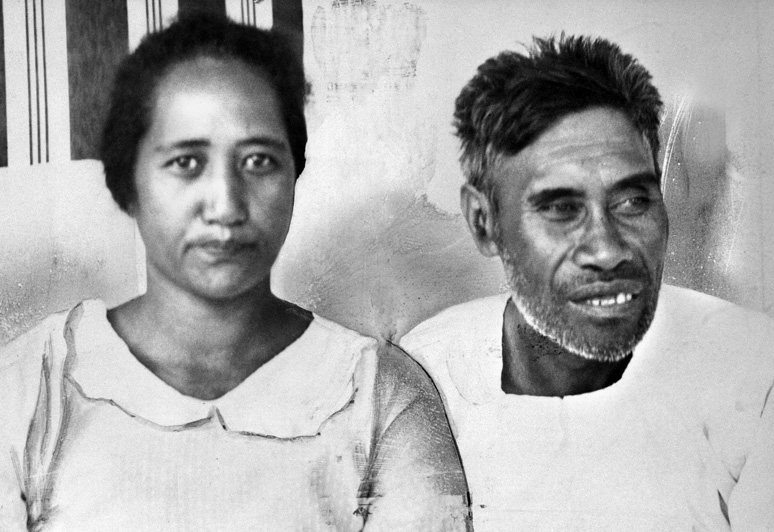
Eleven days later, Carter informed Roosevelt that five Los Angeles Japanese Americans had committed suicide because their honor could not stand the suspicion of their loyalty. Munson quickly headed to Washington to propose a program “for maintaining the loyalty of Japanese Americans and establishing wholesome race-relations… [and] to utilize Japanese filial piety as hostage for good behavior.” The first point stated: “Encourage the Nisei [Japanese American citizens] by a statement from high authority.”
Roosevelt had all the information he had asked for. The country’s Japanese Americans would be loyal.
Where the Munson Report ended, the Ringle Report picked up. On January 26, 1942, the Chief of Naval Operations requested a report from Lt. Cmdr. Kenneth D. Ringle of the 11th Naval District in Los Angeles “concerning his views on Japanese.”
Ringle, an ONI officer who had been looking into the loyalty issue since July 1940, was well ensconced in the Japanese communities and had also assisted Munson in his investigation by introducing him to some of his Nisei contacts within the Japanese communities. Ringle noted in his report: “A very great many of the Nisei have taken legal steps … to officially divest themselves of Japanese citizenship … even though by doing so they become legally dead in the eye of the Japanese law.”
The Ringle Report was submitted on January 30, 1942, and strongly advocated against mass confinement of the Japanese Americans. Ringle noted “that, in short, the entire ‘Japanese Problem’ has been magnified out of its true proportion, largely because of the physical characteristics of the people; that it is no more serious than the problems of the German, Italian, and Communistic portions of the United States population, and finally that it should be handled on the basis of the individual, regardless of citizenship, and not on a racial basis.”
In October 1942, Ringle published an article in Harper’s Magazine that was based on his original report. Entitled “The Japanese in America: The Problem and Solution,” it identified him only as “An Intelligence Officer.” He wrote, “Had this war not come along at this time, in another 10 or 15 years there would have been no Japanese problem, for the Issei [first-generation Japanese Americans not eligible for U.S. citizenship] would have passed on, and the Nisei taken their place naturally in American communities and national life.”
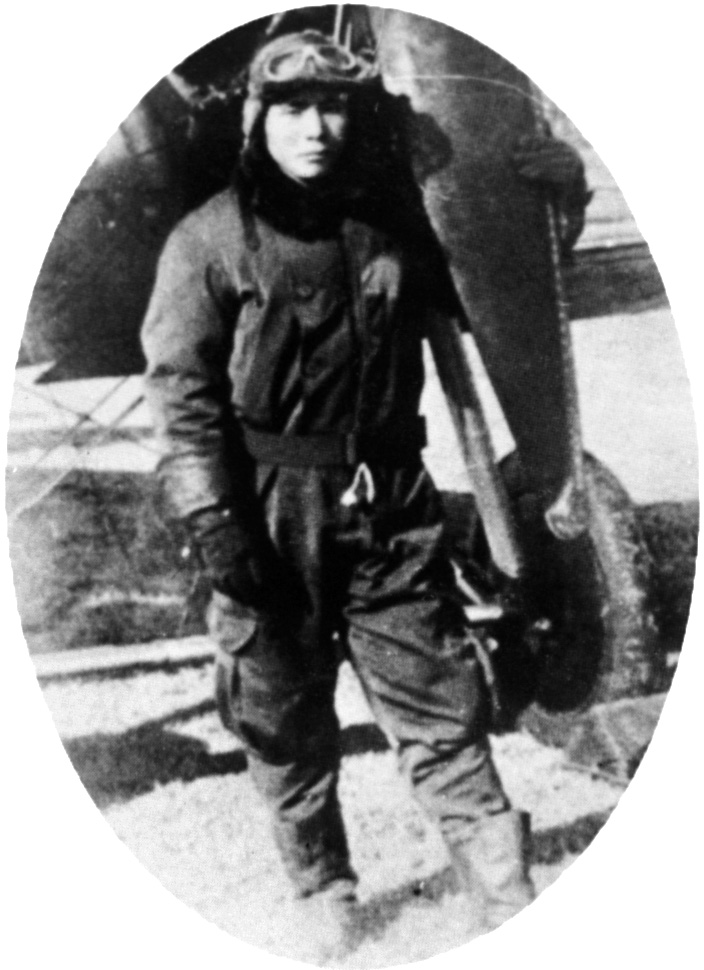
On February 17, 1942, two days before Roosevelt signed the executive order, Attorney General Francis Biddle sent a letter to the President, which summed up the racial prejudices on the West Coast: “It is extremely dangerous for the columnists, acting as ‘Armchair Strategists and Junior G-Men,’ to suggest that an attack on the West Coast and planned sabotage is imminent when the military authorities and the F.B.I. have indicated that this is not the fact. It comes close to shouting FIRE! in the theater; and if race riots occur, these writers will bear a heavy responsibility.”
Two days later, “one of the great mass exoduses of history” became a reality. The executive order authorized Secretary of War Henry L. Stimson to establish “military areas” from which “any or all persons may be excluded.”
The language used in the edict was vague and never specifically stated the Japanese, but they were clearly the intended persons. Colonel Karl Robin Bendetsen of the Wartime Civil Control Administration then ordered anyone in California with 1/16th or more Japanese lineage be interned. Bendetsen went so far as to say that anyone with “one drop of Japanese blood” qualified.
Just two days after the order was signed, Munson sent Roosevelt’s personal secretary, Grace Tully, a memo on the “Japanese Situation on West Coast at Present,” saying “we are drifting into a treatment of the Japanese corresponding to Hitler’s treatment of the Jews.”
On March 29, 1942, under the authority of Executive Order 9066, Lt. General John L. DeWitt of the U.S. Army’s Western Defense Command issued Public Proclamation No. 4, which began the forced evacuation and detention of West Coast residents of Japanese American ancestry on a 48-hour notice. At the start, 17 temporary assembly centers were established at racetracks, fairgrounds in Washington, Oregon, California, and Arizona.
By November 1942, the relocation was complete, with ten centers in remote areas in six western states and Arkansas: Heart Mountain in Wyoming; Tule Lake and Manzanar in California; Topaz in Utah; Poston and Gila River in Arizona; Granada in Colorado; Minidoka in Idaho; and Jerome and Rohwer in Arkansas. The evacuees lost their personal liberties, homes, and property.
The U.S. internment camps were overcrowded and, according to a 1943 report published by the War Relocation Authority (the administering agency), Japanese Americans were housed in “tar paper-covered barracks of simple frame construction without plumbing or cooking facilities of any kind.”
In the Manzanar camp, the 500-acre housing section was surrounded by barbed wire and eight guard towers with searchlights and was patrolled by military police. By September 1942, more than 10,000 Japanese Americans were crowded into Manzanar’s 504 barracks. Some 200 – 400 people lived in each of the 36 blocks, made up of 14 barracks divided into four rooms, each about 20-by-25 feet in area.
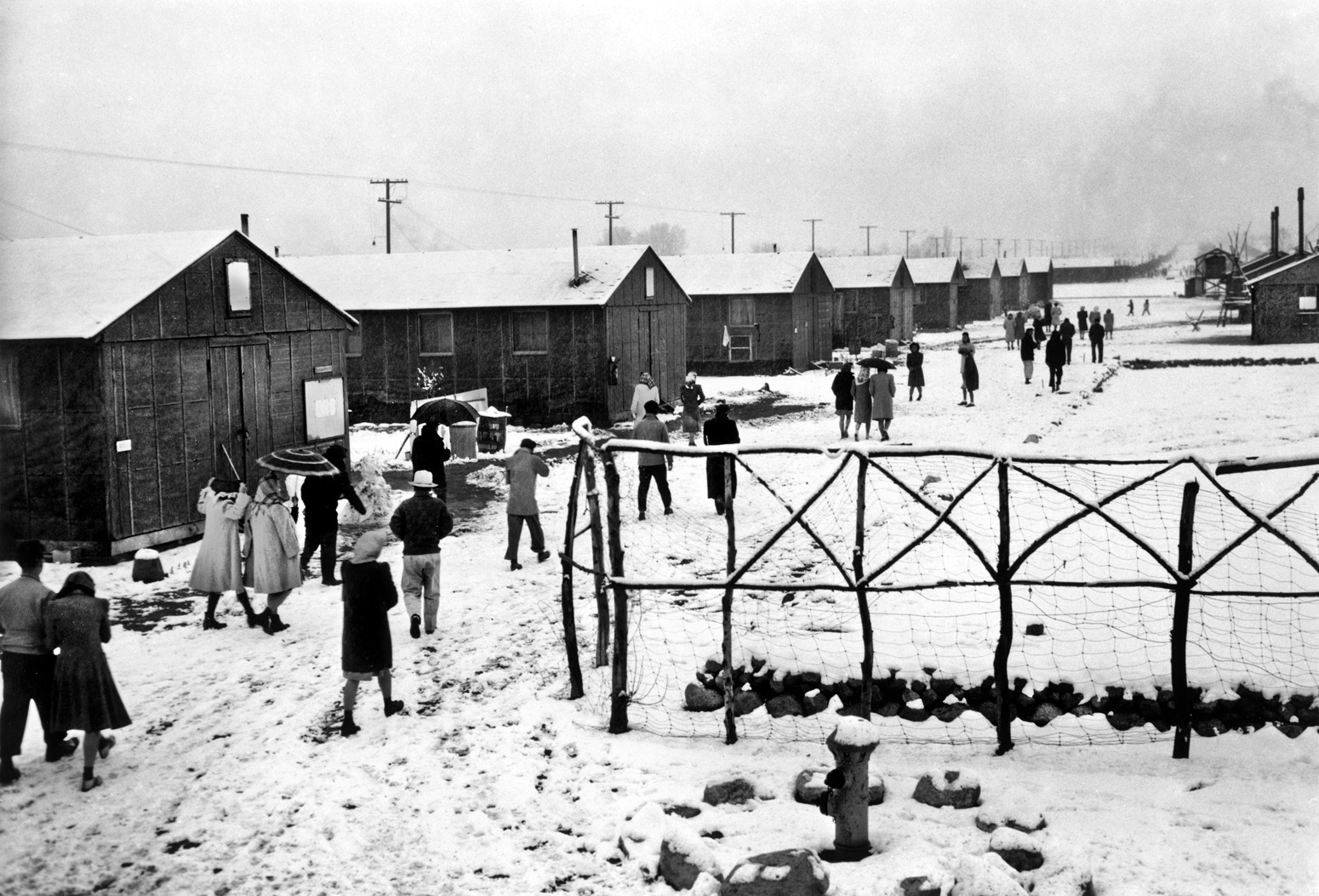
In stark contrast, in Hawaii, where some 160,000 Japanese Americans lived, by war’s end only 2,000 people of Japanese ancestry were interned. Although martial law was declared, the military governor, Lt. Gen. Delos Emmons, refused to implement mass internment.
In a radio broadcast soon after the Pearl Harbor attack, Emmons assured Japanese Americans: “There is no intention or desire on the part of the federal authorities to operate mass concentration camps. No person, be he citizen or alien, need worry, provided he is not connected with subversive elements. While we have been subjected to a serious attack by a ruthless and treacherous enemy, we must remember that this is America, and we must do things the American way. We must distinguish between loyalty and disloyalty among our people.”
There were at least three legal challenges by Japanese Americans in 1943 and 1944 that went to the Supreme Court. Gordon Hirabayashi, Fred Korematsu, and Minoru Yasui were each arrested for ignoring a curfew for Japanese Americans, or refusing to report to their assigned internment camp. Each lost their case due to the suppression of evidence by U.S. Solicitor General Charles Fahy, who told the court that all U.S. government and military assessments were in favor of internment. In 1981, a researcher for the Commission on Wartime Relocation and Internment of Civilians, Aiko Herzig-Yoshinaga, discovered the tenth and only remaining “Final Report on Japanese Evacuation from the West Coast” issued under DeWitt’s name, which revealed this original 1942 report had been altered so as not to appear racist. Almost 40 years later, this lie was exposed, and justice was served.
The two red flags in the report that resulted in the “rewriting” were statements that it was “impossible to establish the identity of the loyal and the disloyal with any degree of safety,” and that, “It was not that there was insufficient time … it was simply a matter of facing the realities that a positive determination could not be made, that an exact separation of the ‘sheep from goats’ was unfeasible.”
So Bendetsen convinced DeWitt to insert a claim that time was indeed a factor in order to avoid appearing racist. This falsification of information was the basis for reopening the cases under the writ of coram nobis (i.e., reconsidering a verdict based on new evidence), allowing the court to correct its original judgment.
In 1985, Edward Ennis, a former Justice Department attorney, testified in the coram nobis hearing of Hirabayashi, who was charged with violating a curfew and refusing to report to an internment camp. This non-jury trial was held to decide whether the government had misrepresented evidence. At the time the Supreme Court upheld the conviction, it was not aware of contradictory evidence information in Ennis’ 1943 memo that would have changed the course of history. Fahy had insisted it be withheld.
In his memo, Ennis revealed that the naval officers believed that “It was necessary to evacuate only about 10,000 people they could have identified by name; they did not feel that it was necessary to evacuate all of the Japanese. Presumably, they had not made this view known immediately because [Navy] Secretary [Frank] Knox was at that time greatly exercised about the Japanese Fifth Column, and since it was the Army’s problem, it was safer to keep quiet than to brave the political storm then raging.”
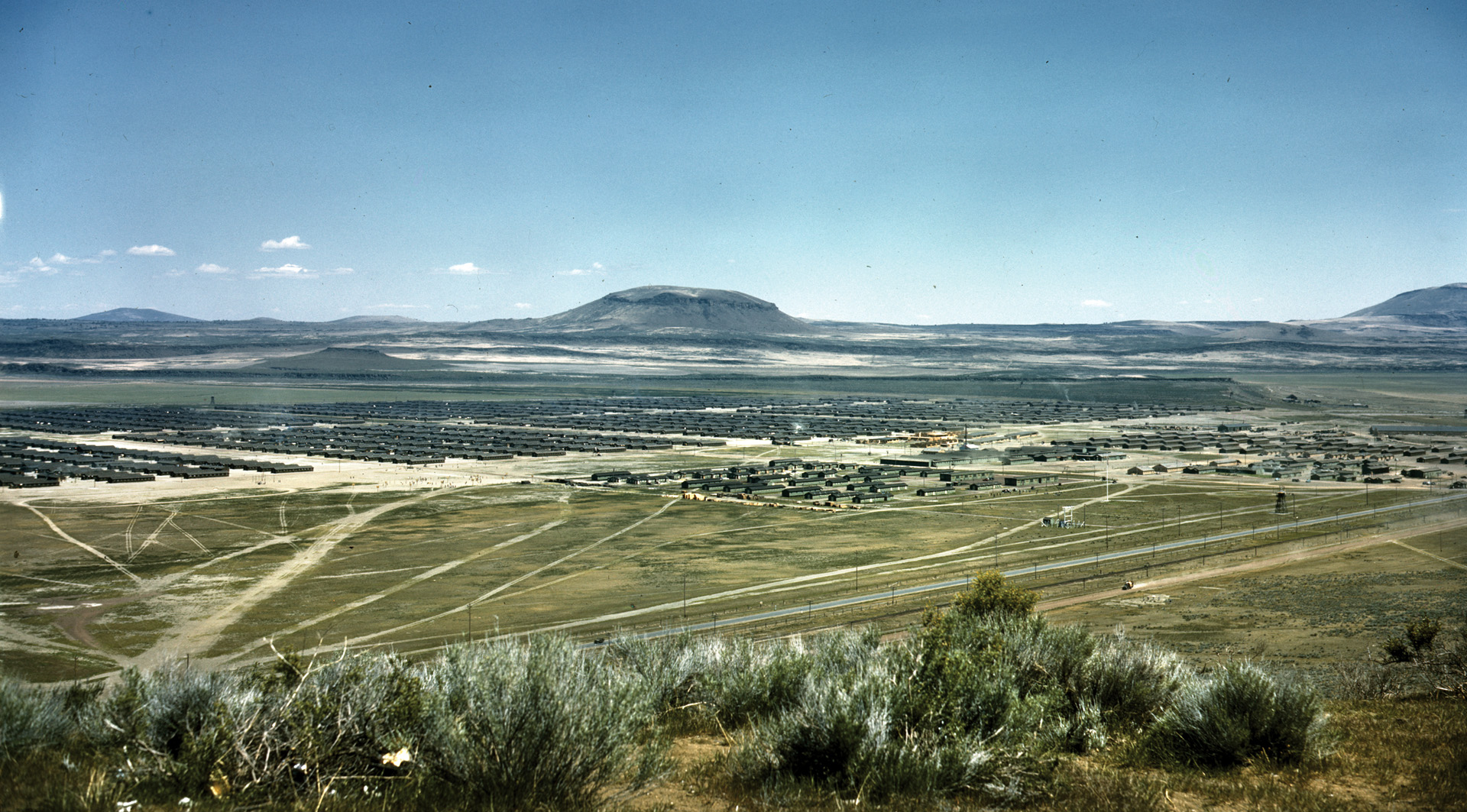
“In retrospect, it appears that this Department made a mistake 14 months ago in not bringing the Office of Naval Intelligence into the controversy. I suppose that the reason that it did not occur to any of us to do this was the extreme position then taken by the Secretary of the Navy… Thus, had we known that the Navy thought that 90% of the evacuation was unnecessary, we could strongly have urged upon General Dewitt that he could not base a military judgment to the contrary upon Intelligence reports, as he now claims to do.”
Several weeks before the Ennis memo, Justice Department lawyer John Burling wrote a memo involving the Korematsu case: “We are now therefore in possession of substantially incontrovertible evidence that the most important statements of fact advanced by General DeWitt to justify the evacuation and detention were incorrect, and furthermore that General DeWitt had cause to know, and in all probability did know.”
This time, Fahy participated in changing a footnote regarding false claims of espionage. The footnote included reports from J. Edgar Hoover of the Federal Bureau of Investigation and the Federal Communications Commission of the Navy that confirmed claims by the Army were false. The lights on California hillsides were not signals to Japanese submarines, but people using flashlights going to outdoor toilets. A power outage in Oregon was not sabotage, but the result of cattle scratching their backs against power lines. And the “arrows of fire” were not signals, but farmers burning brush.
Hirabayashi’s exclusion and curfew convictions were overturned in 1986 and 1987, respectively. Korematsu’s case was overturned in 1983, and Yasui’s conviction was overturned in 1986. In 2011, U.S. Solicitor General Neal Katyal wrote a public repudiation of Fahy’s actions.
In December 1944, two and a half years after signing Executive Order 9066, Roosevelt suspended the order, but it was not officially terminated by proclamation until February 17, 1976. In 1982, the Commission on Wartime Relocation and Internment of Civilians (CWRIC) issued its final report, “Personal Justice Denied,” saying that the internment was motivated by “race prejudice, war hysteria, and a failure of political leadership.
It also reported “that not a single documented act of espionage, sabotage or fifth-column activity was committed by an American citizen of Japanese ancestry or by a resident Japanese alien on the West Coast.” In 1988, Congress offered an apology and individual reparations of $20,000 to surviving Japanese Americans who had been wrongfully interned.
December 7, 1941, and February 19, 1942, will both live on in infamy as tragedies in American history. A total of 2,403 Americans died during the attack on Pearl Harbor. A total of 1,862 Japanese Americans died in internment camps. The causes of death differed, but they all died on American soil, all victims of war. They were all Americans.
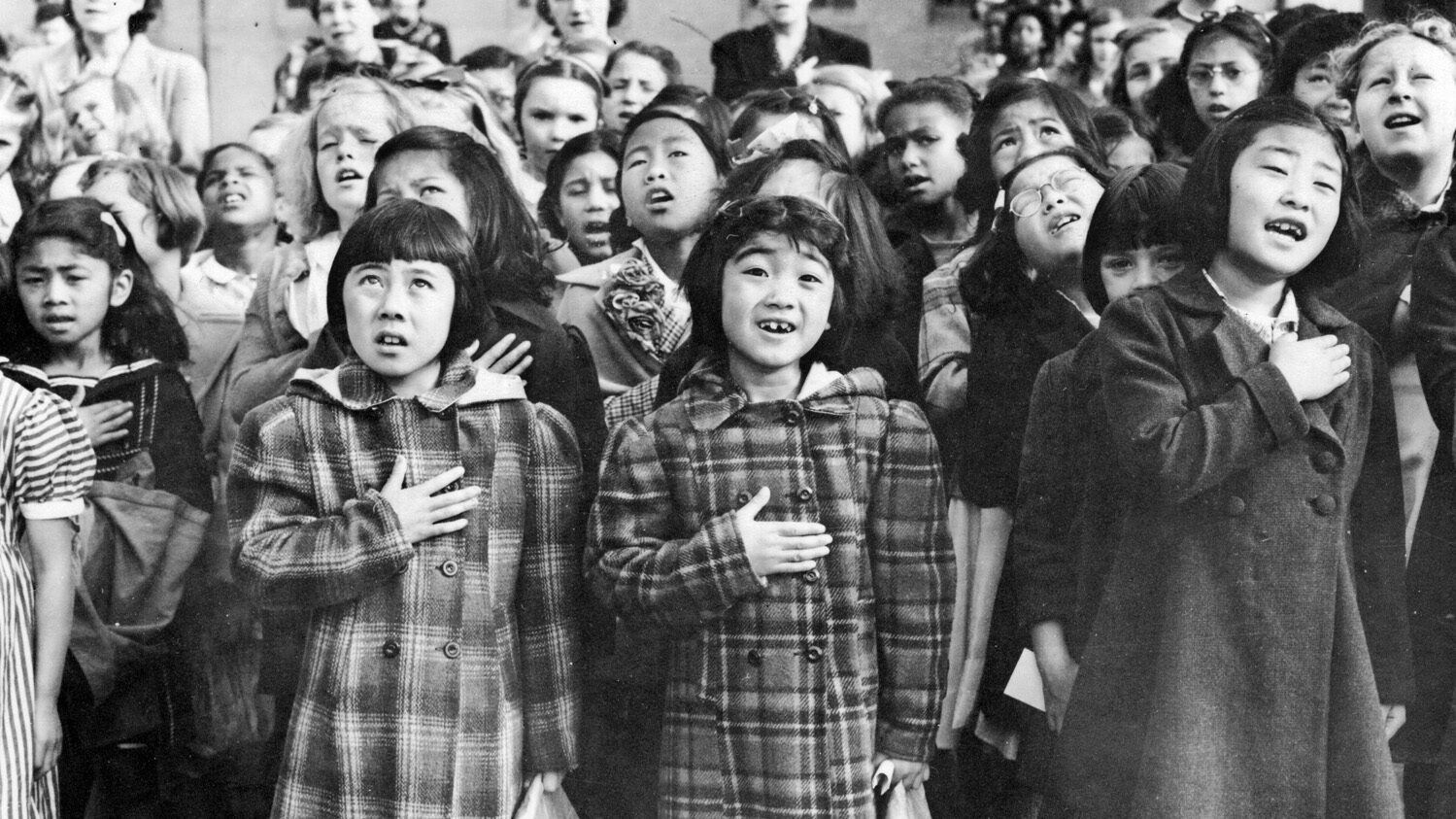
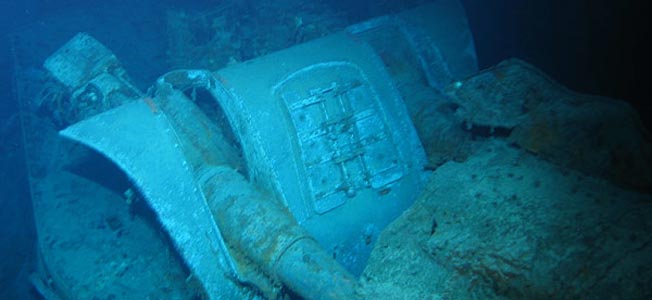

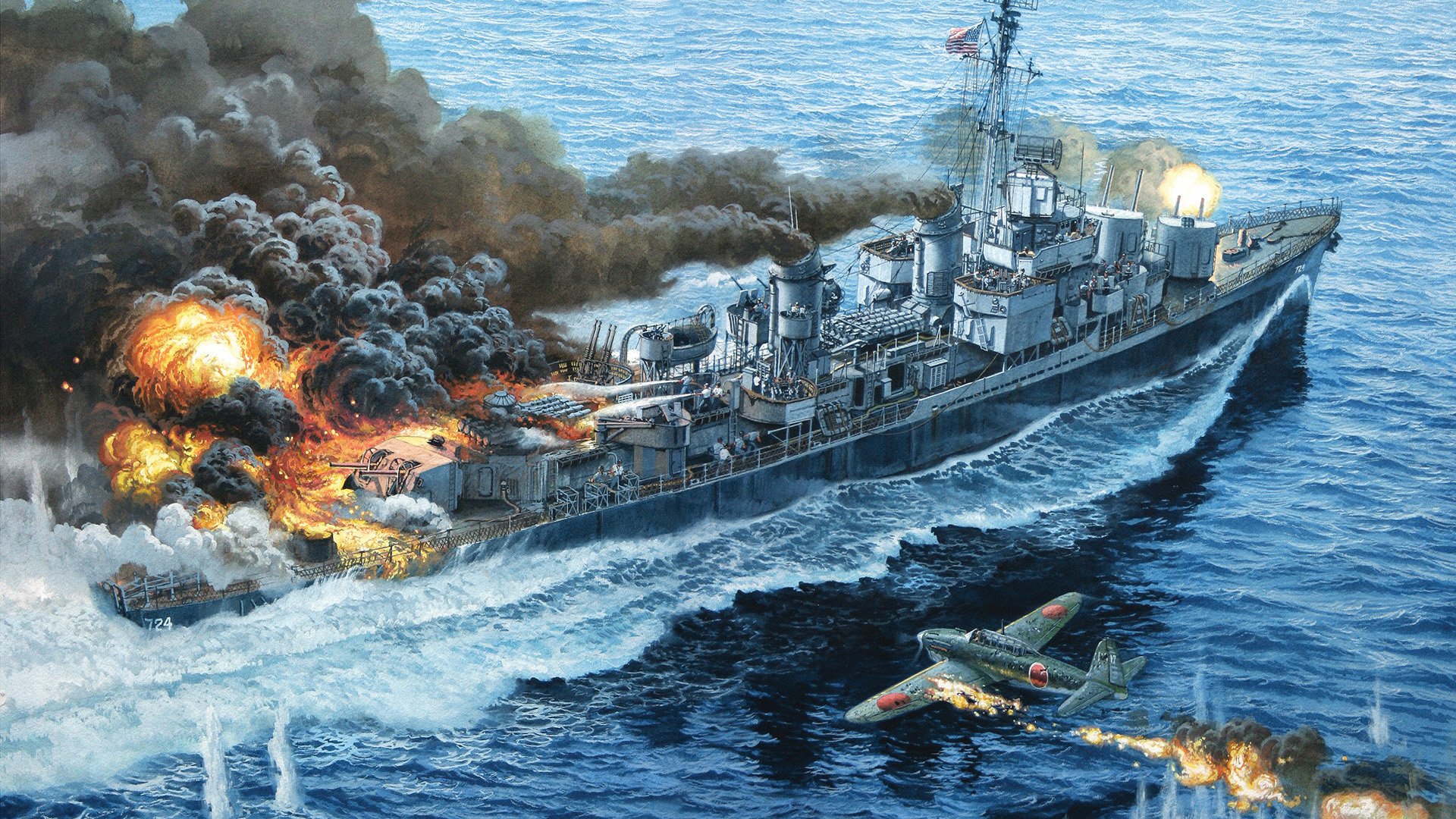
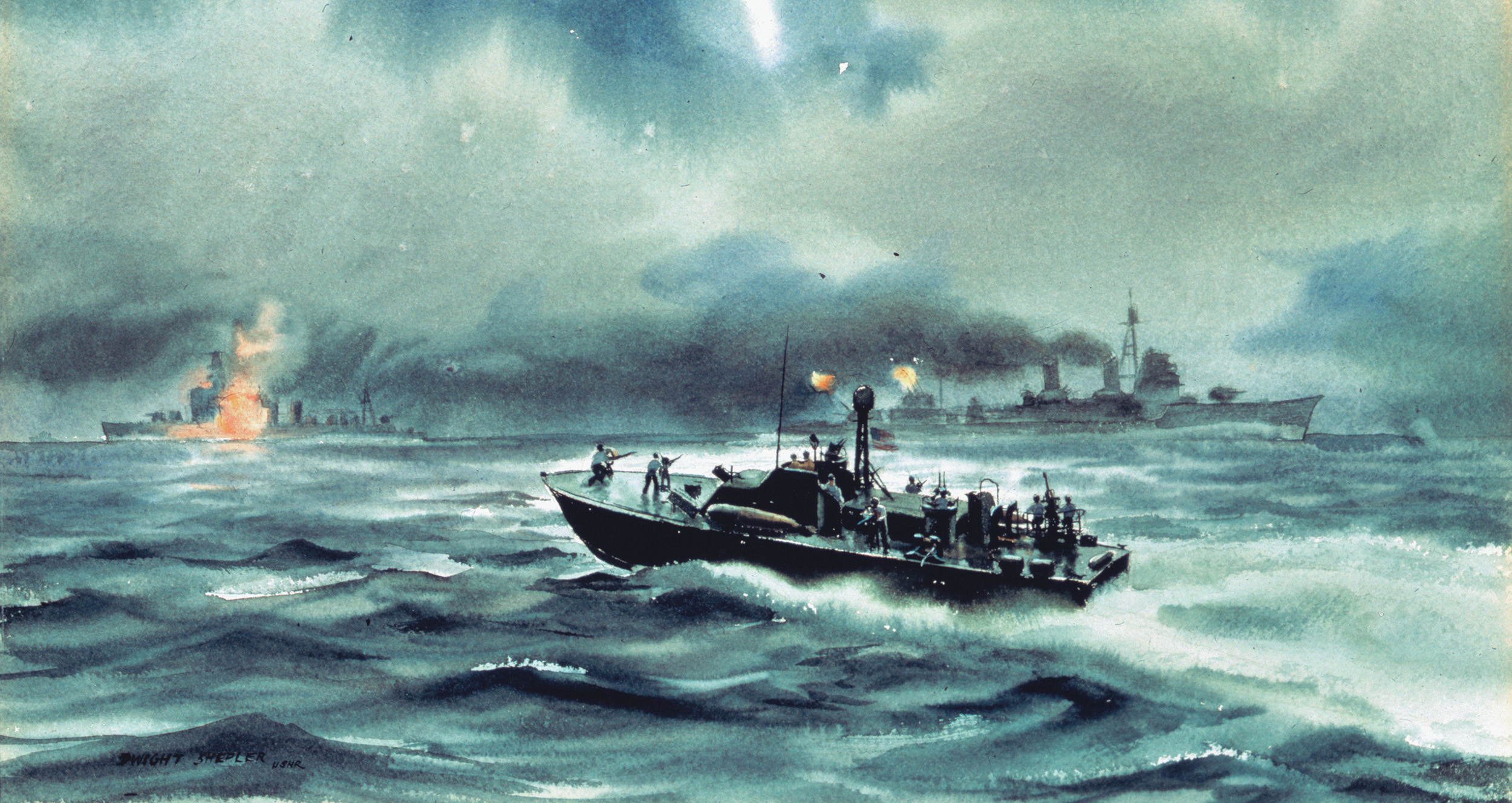

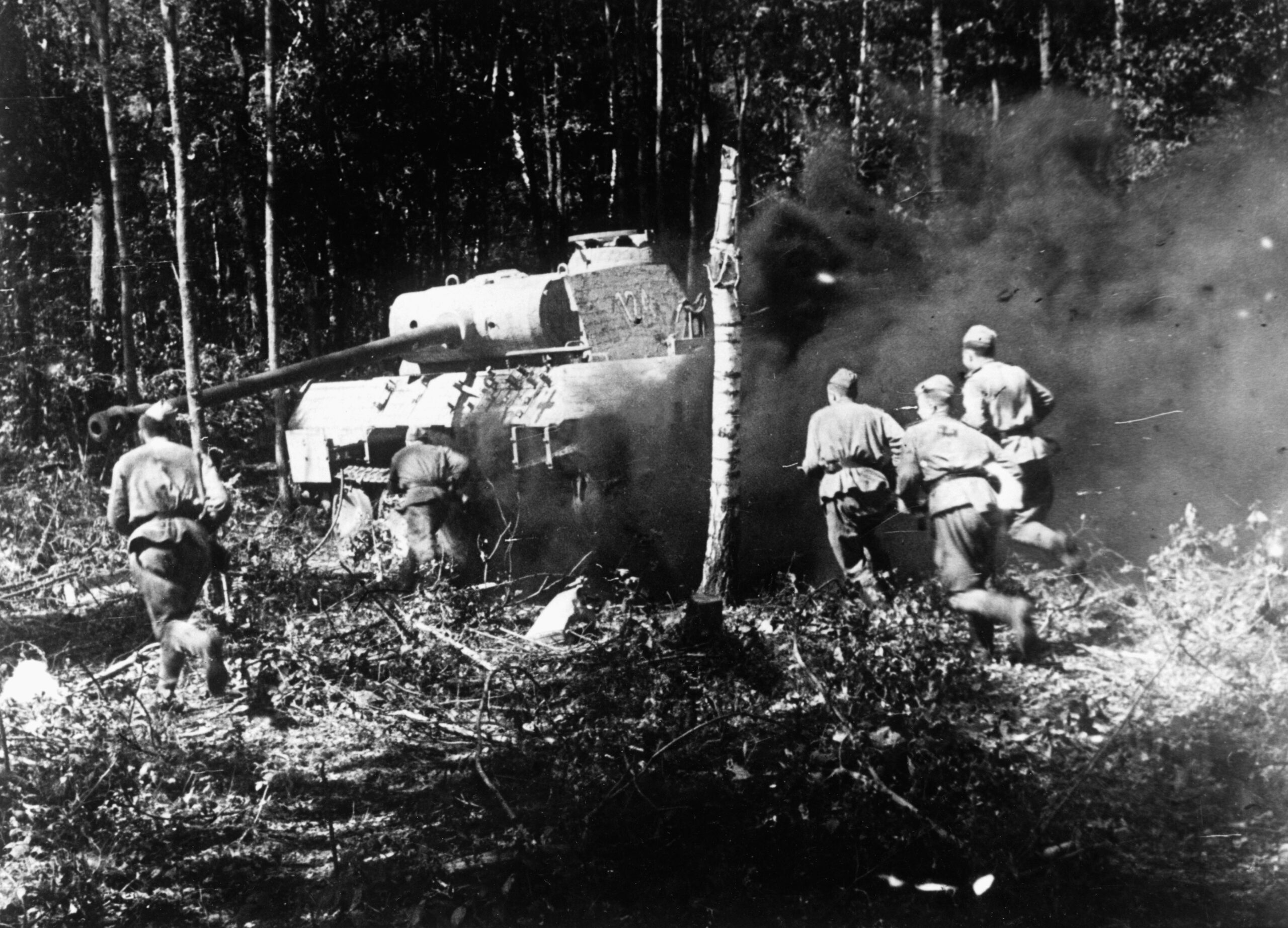
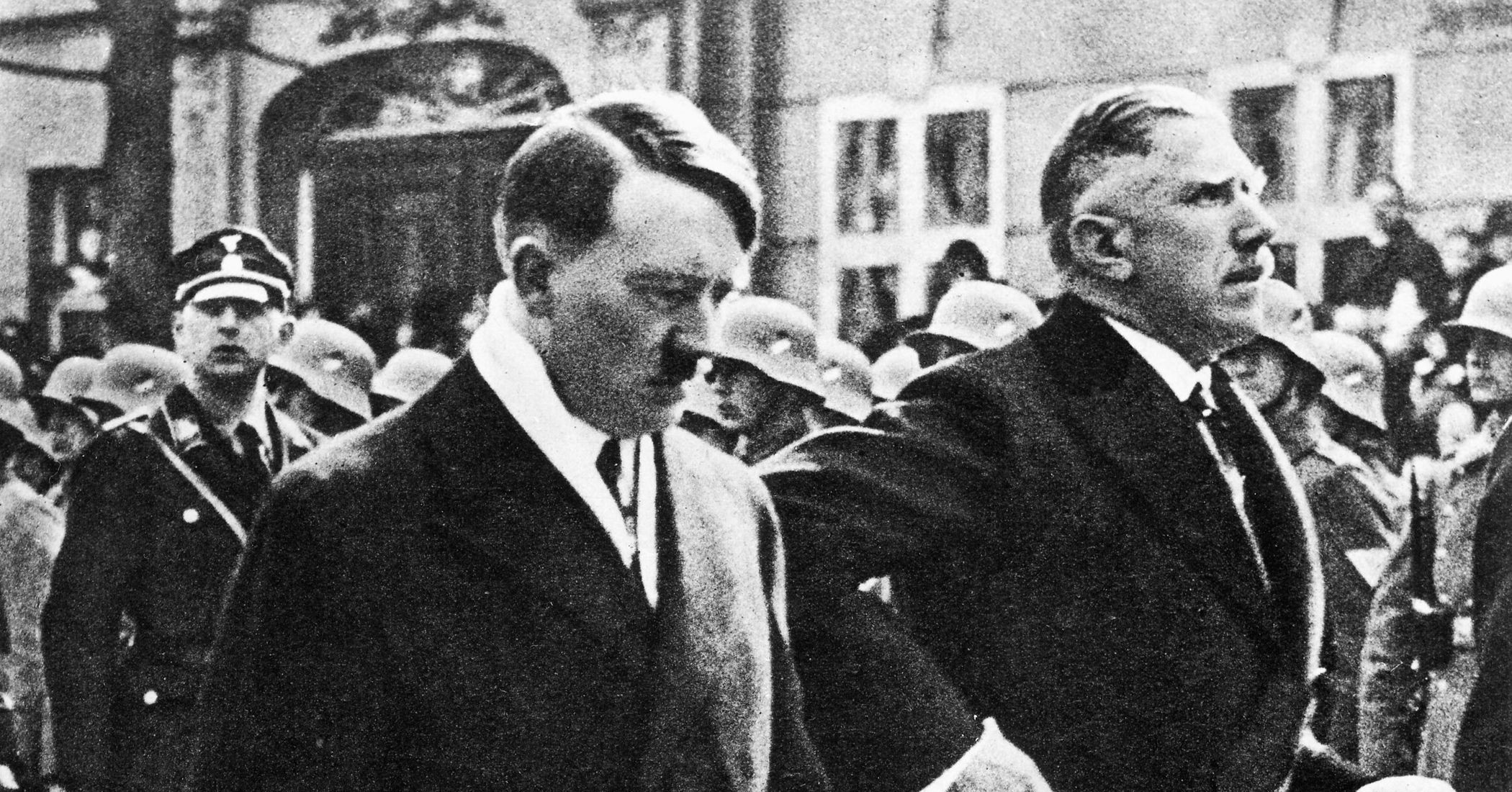
Join The Conversation
Comments
View All Comments